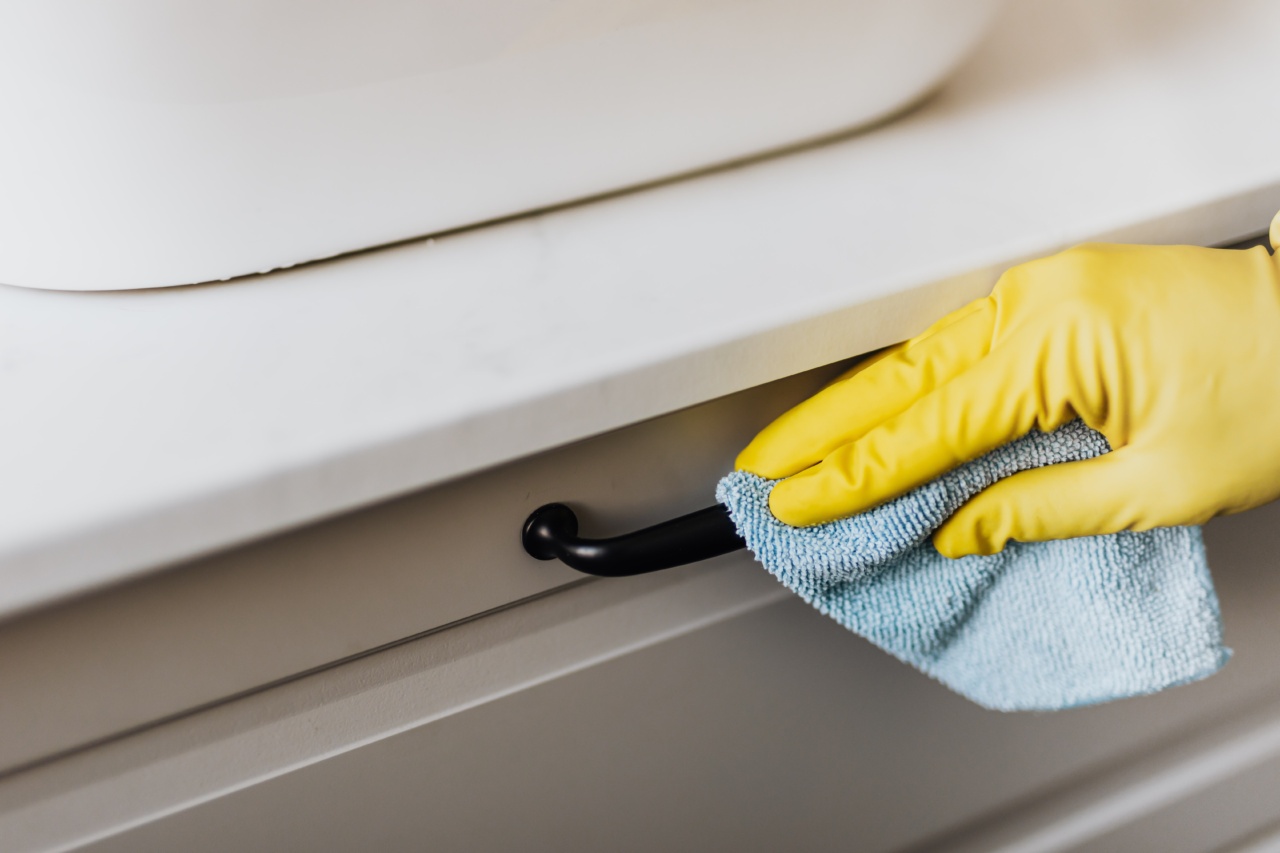Hand hygiene is a simple yet incredibly effective way to prevent the spread of germs and infections. Proper hand hygiene can save lives by reducing the risk of transmitting harmful bacteria and viruses.
In healthcare settings, homes, schools, and various public places, practicing good hand hygiene is crucial for maintaining a healthy environment. This article explores the importance of hand hygiene and highlights its significant role in preventing diseases.
The Importance of Hand Hygiene
1. Prevents the Spread of Infections:.
When it comes to preventing the spread of infections, hand hygiene plays a vital role. Many infectious diseases, including the common cold, influenza, and gastrointestinal illnesses, spread through contact with contaminated hands.
By practicing proper hand hygiene, such as washing hands with soap and water or using hand sanitizers, individuals can reduce their risk of contracting and spreading these infections to others.
Methods of Hand Hygiene
2. Handwashing with Soap and Water:.
Handwashing with soap and water is the gold standard for hand hygiene. It involves using clean, running water, applying soap, and rubbing hands together vigorously for at least 20 seconds.
Handwashing effectively removes germs and dirt from hands, preventing their transmission.
3. Use of Hand Sanitizers:.
In situations where soap and water are unavailable, hand sanitizers can be used as an alternative. Hand sanitizers typically contain alcohol, which effectively kills many types of bacteria and viruses.
It is important to use hand sanitizers with an alcohol content of at least 60% and to cover all surfaces of the hands until they are dry.
When to Practice Hand Hygiene
4. Before and After Eating:.
It is crucial to wash hands before and after eating to prevent the ingestion of harmful bacteria that may contaminate food. Regular handwashing can reduce the risk of foodborne illnesses, such as salmonella and E.coli infections.
5. After Using the Restroom:.
Washing hands after using the restroom is essential to remove fecal-oral pathogens that can cause various infections, such as gastrointestinal illnesses and hepatitis A.
6. Before and After Handling Animals:.
Whether it’s pets, livestock, or wildlife, it is important to wash hands before and after handling animals. Animals can carry harmful bacteria, such as E.coli and Salmonella, which can be transmitted to humans through direct contact.
7. After Sneezing or Coughing:.
Respiratory droplets from sneezing or coughing can contain infectious agents like cold and flu viruses. By practicing hand hygiene after sneezing or coughing, the risk of spreading these pathogens to others can be significantly reduced.
Tips for Effective Hand Hygiene
8. Thorough Handwashing:.
When washing hands, it is important to clean all surfaces, including the backs of hands, between fingers, and under nails. Proper handwashing should take at least 20 seconds to ensure complete removal of germs.
9. Avoid Touching the Face:.
Avoiding touching the face, particularly the eyes, nose, and mouth, can help prevent the transfer of germs from hands to these vulnerable areas.
10. Regular Use of Hand Sanitizers:.
Carrying a small bottle of hand sanitizer and using it when soap and water are not readily available can be a practical way to maintain hand hygiene on the go.
Conclusion
Hand hygiene is not just a slogan but a simple yet powerful practice that can save lives. From preventing the spread of infections to maintaining a safe and healthy environment, proper hand hygiene is essential.
By following the mentioned methods and tips, individuals can significantly reduce the risk of contracting and transmitting harmful germs and viruses. Remember, clean hands save lives!.






























